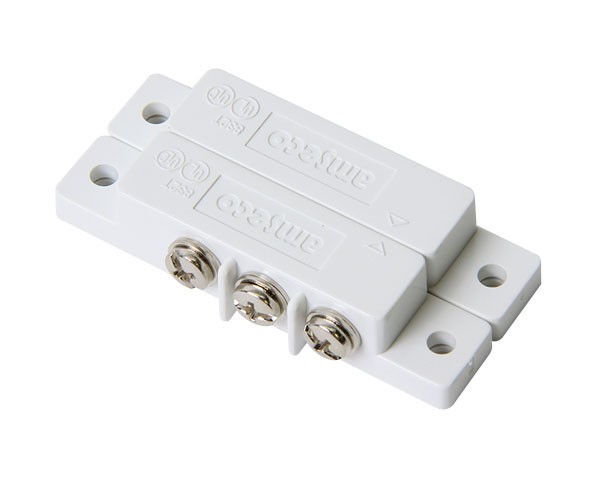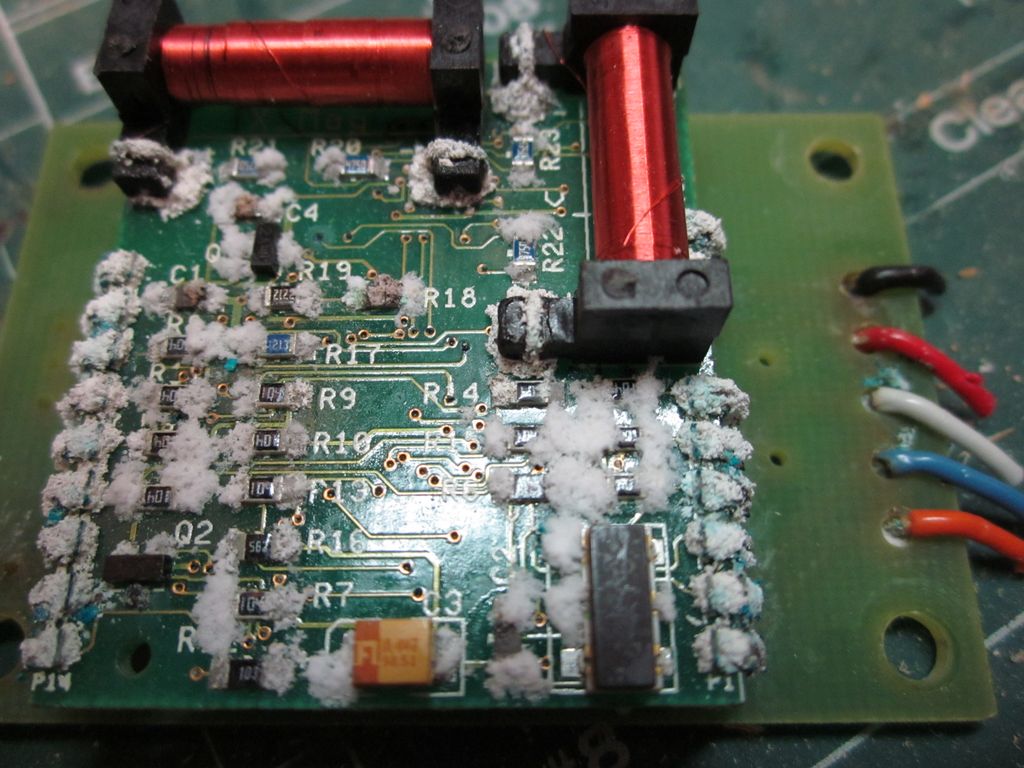Reed Switches

The NO vs NC is confusing, and sometimes manufactures use the opposite nomenclature, but what can you do. To cut a long story short: If you’d like to turn something OFF when the two halves of your switch are apart, buy the NORMALLY-OPEN (NO) type; To turn something ON when the two halves are apart, buy the NORMALLY-CLOSED (NC) type. This is the textbook definition of NO and NC.
On a closet when you want the light to be on when the door is open, you want a NC switch. That means when its away from the magnet, its NC or closed, its normal state, which allows the light to be on. But when it gets close to the magnet, is activated so its then in the opposite of its normal state, in this case open or off.
If all this NO/NC talk makes your head spin, or you simply want a switch that can be used for a different type of project later, there is the 2-in-1 magnetic switch that combines NO and NC (its technical nomenclature is “SPDT”):
Contact Rating
One item that is often overlooked when using reed / magnetic switches is the contact rating of the switch. RVers will put in any old switch, especially if its inexpensive, not thinking about the current load that it must switch on/off. Many of those “alarm” magnetic switches are only rated for .1 or .2 amps.
One switch that I like is the Amseco AMS-38. Its a SPDT so you can wire as needed, its a wide gap switch with a 5/8” activation range, its available in a variety of colors, and the contacts are rated for 3 Amps at 300 V. On the downside, you will spend around $8.50 for a switch + magnet.
That 3A at 300V is the AC rating, NOT the DC rating, its hard to find switches with a DC rating. Normally a switch’s contact current rating will be much lower for DC then AC current.
This is because the AC voltage passes through ‘zero’ voltage 60 or 50 times a second and helps ‘break’ the spark gap as the switch contacts open, its sef quenching. This doesn’t happen in DC so the contacts are subjected to much more heat as the contacts open a DC circuit. This heat can damage / pit switch contacts quickly. This results in the switch not working, sometimes requiring a bump/tap to open the contacts.
Rule of thumb
The DC current “rule of thumb” holds that the highest amperage rating on the switch should perform satisfactorily up to 30 volts DC. For example, if you have an switch which is rated at 10A 250VAC, 15A 125-250VAC, the DC rating is 15A up to 30VDC. So using the rule of thumb, we can assume 3A max at 12V (or 36W) will be fine.
Also taking in to account magnetic switches activate rather slowly, I’d further derates the DC current performance and use this for 2A, 24W max.




